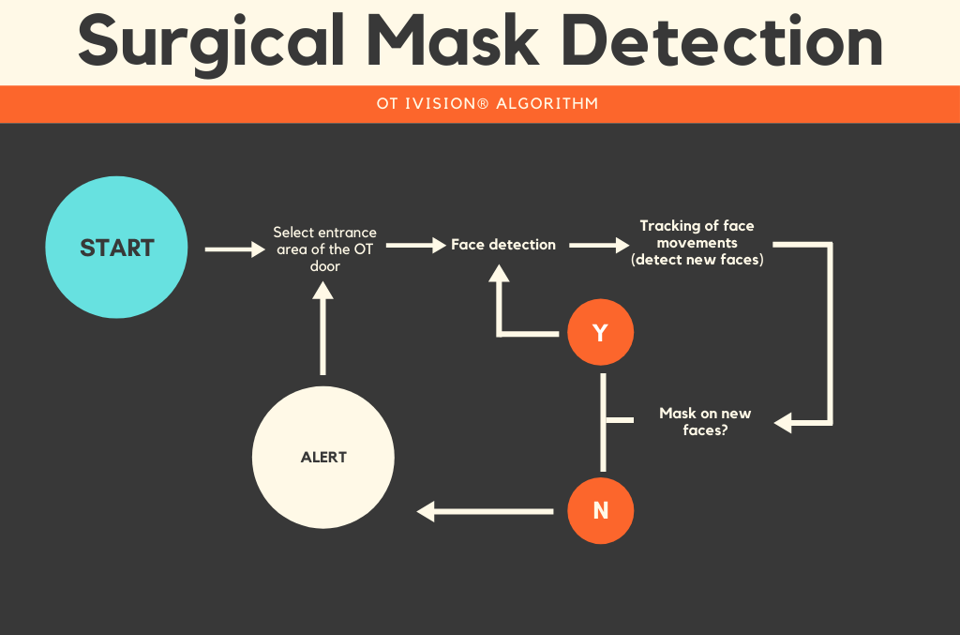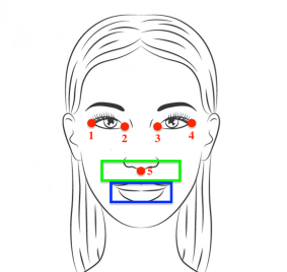Surgical site infections (SSI) accounts for 14% to 17% of all hospital-acquired infections and 38% of nosocomial infections in surgical patients [1],[2]. SSI remain a substantial cause of morbidity and death, possibly because of the larger number of elderly surgical patients or those with a variety of chronic and immunocompromising conditions, and emergence of antibiotic-resistant microorganisms.
Factors causing surgical site infections are multifarious. Several studies have identified the main patient-related (endogenous) and procedure-related (external) factors that influence the risk of SSI.
Part of the external factors are procedural and behavioural aspects including the not wearing or improper wearing of surgical masks.




